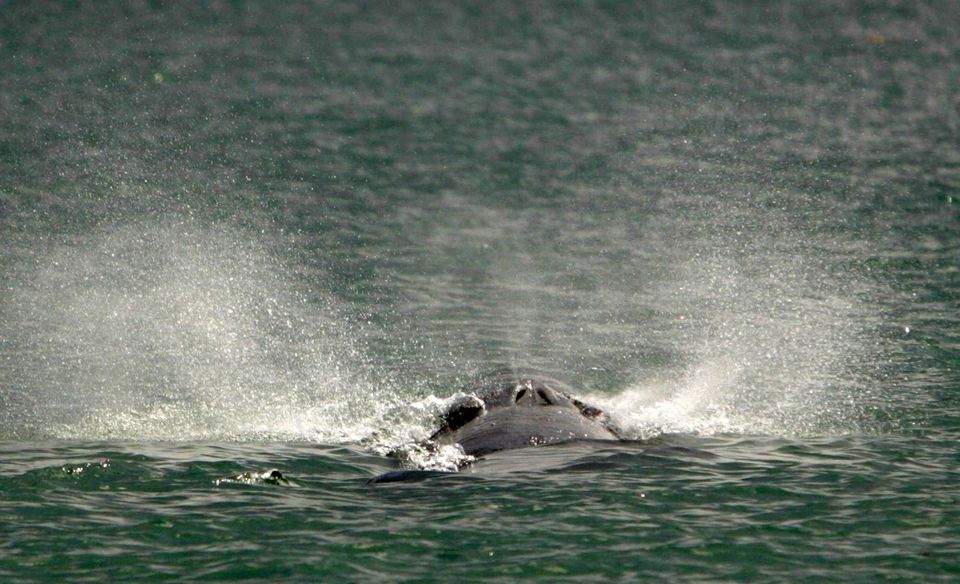UK
NOT THE PERFORMANCE OF A GOVERNMENT THAT IS GOING TO BE RE-ELECTED
When Sunak sees this polling he will rule out a May election because
he thinks he will need more time to turn the polling around.
TSE
It’s possible that I shall make an ass of myself. But in that case one can always get out of it with a little dialectic. I have, of course, so worded my proposition as to be right either way (K.Marx, Letter to F.Engels on the Indian Mutiny)
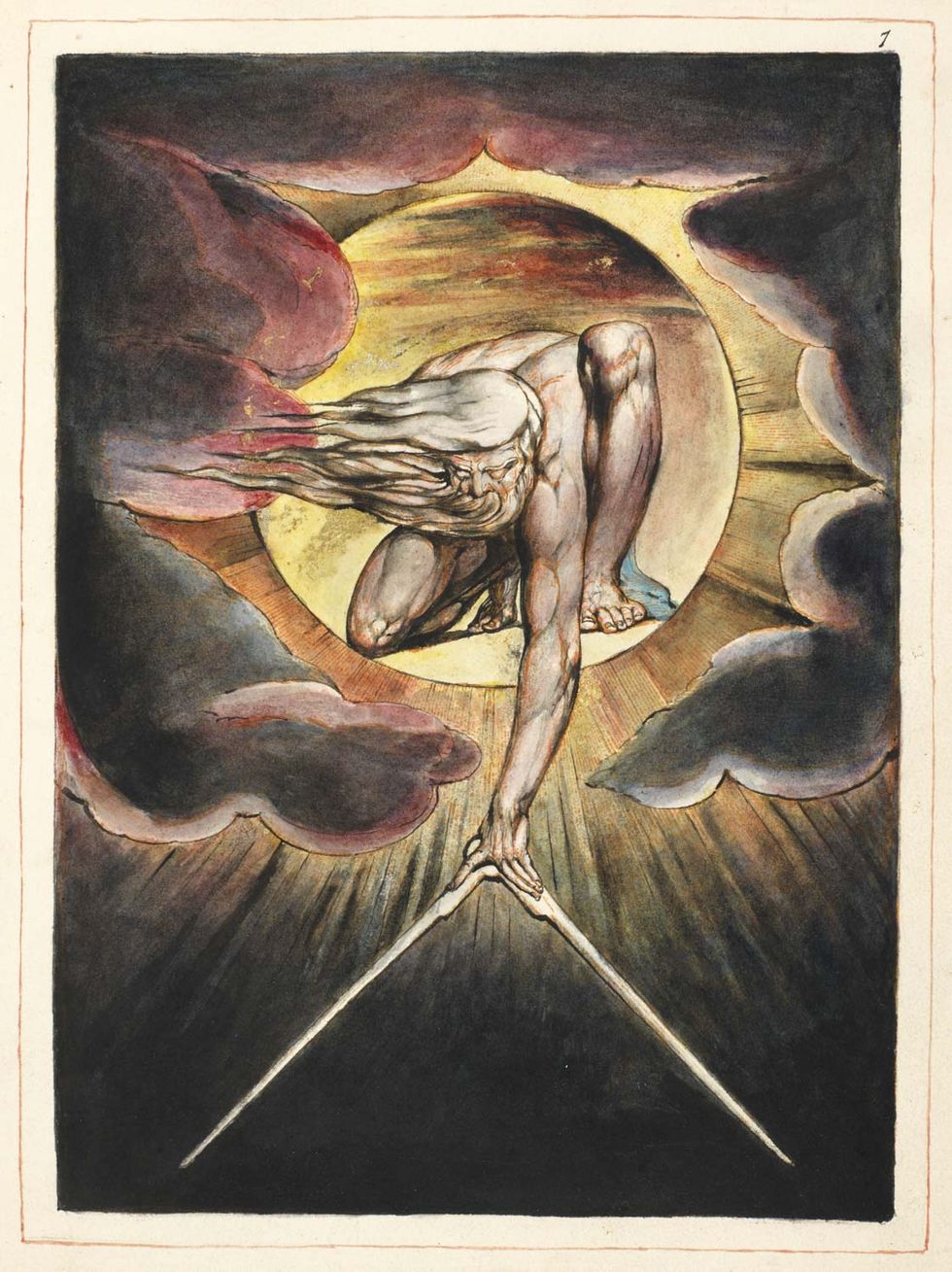

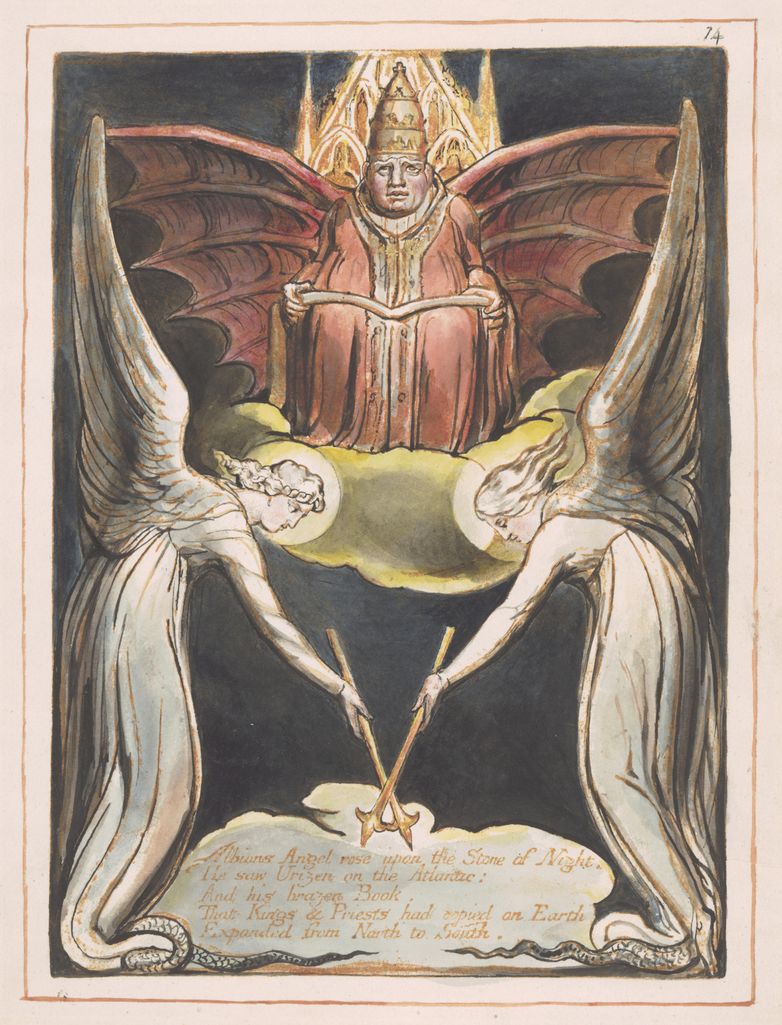





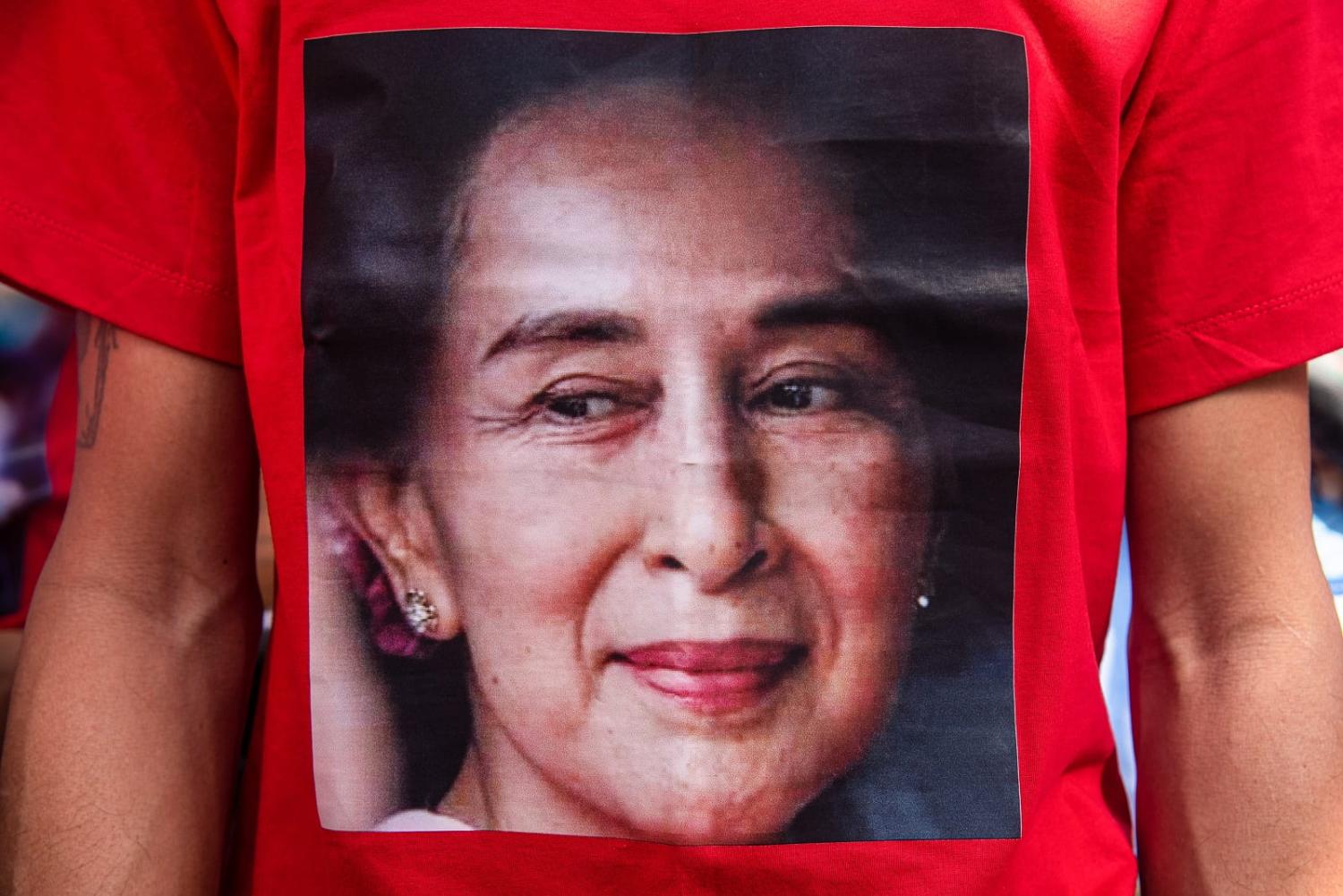
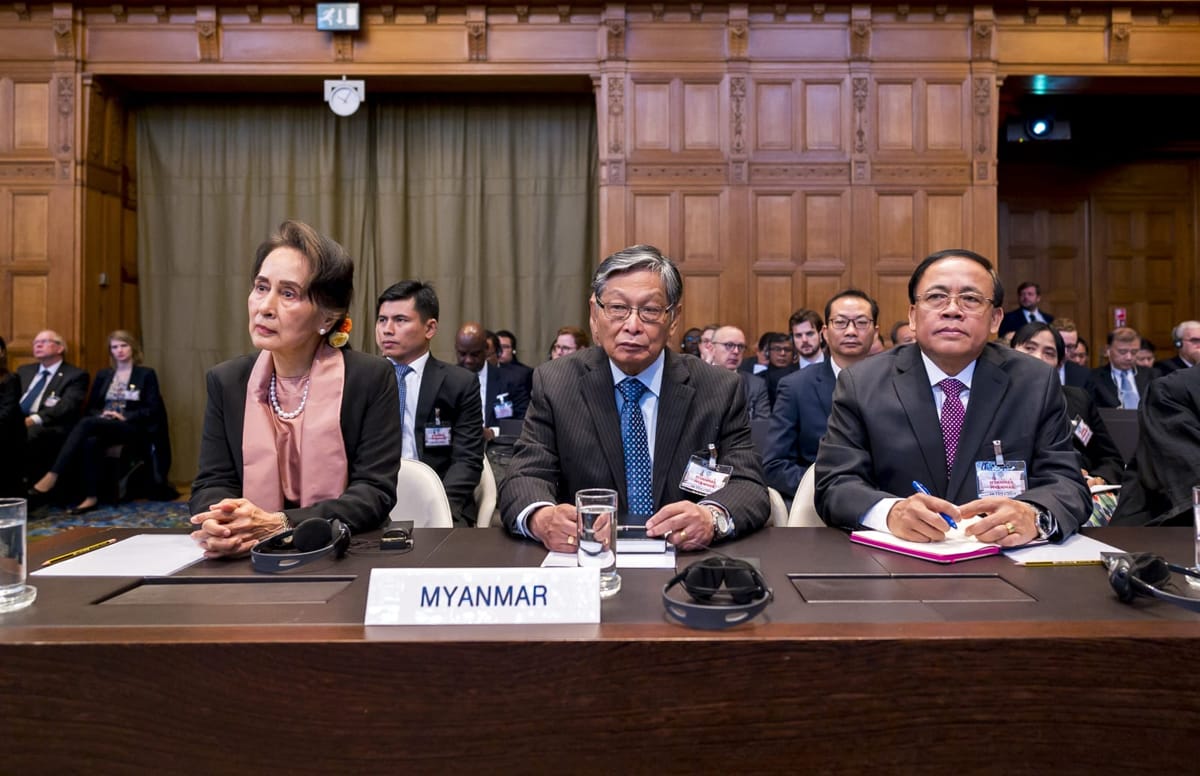
Across large parts of the UK, the native red squirrel has been replaced by the grey squirrel, a North American species. As well as endangering reds, grey squirrels pose a threat to our woodlands because of the damage they cause to trees.
New research from my colleagues and I compared the gut bacteria of red and grey squirrels. We found that differences between the two may explain their competition and red squirrel decline, as well as why grey squirrels are so destructive to woodland.
Grey squirrels were introduced to the UK between 1876 and 1929 and have displaced reds in most areas of the UK. Greys carry a virus called “squirrelpox”, which doesn’t affect them but leads to sickness and often death in red squirrels.
Grey squirrels are bigger than red squirrels and compete with them for food and habitat. Acorns, a widespread food source, contain tannins, which are hard for red squirrels to digest. But greys can digest acorns easily, giving them an extra edge in competing for resources.
Grey squirrels frequently strip the bark from deciduous trees. In commercial plantations, the damage can lead to fungal infection and result in the tree producing low quality timber. The annual cost is an estimated £37 million. with sycamore, oak, birch and beech frequently targeted.
The grey squirrels select the strongest growing trees as these have bark containing the largest volume of sap. Intriguingly, grey squirrels do not select trees with the highest sugar content. This observation has led scientists to posit that the squirrels consume bark to obtain certain micro-nutrients.
All mammals have microorganisms living in their intestines. For example, the typical human colon is host to at least 160 bacterial species, while in birds, research has found thousands of different bacterial species in chicken intestines.
The bacteria break down foods and help synthesise vitamins, complementing the enzymes secreted by the body. The diversity of these microorganisms, known as the “microbiota”, can reflect the level of health and also the diet of an individual. But we don’t know enough about the microbiota living in squirrel intestines.
The types of microbes present vary between species, yet the extent to which they differ between grey and red squirrels is unclear. We explored this and investigated the potential for any differences to affect competition between the two squirrel species. We also examined whether gut bacteria might be playing a role in bark stripping behaviour.
We sampled bacterial DNA from red and grey squirrel intestinal contents and performed gene sequencing to identify the range of bacteria present in the samples. The results were analysed to compare any important differences between the two.

Calcium is an important nutrient in the body and is required for healthy bones, muscles and nerves. It is especially needed by lactating animals and ones that are young and growing.
We found that grey squirrels may have the capacity to obtain the calcium that exists in tree bark thanks to the presence of a bacteria called “oxalobacter” in their gut. The calcium in tree bark comes in an insoluble form and is hard for an animal to digest. But oxalobacter would be able to change this into a form that could be more digestible.
Calcium levels increase in trees as active growth resumes after winter dormancy. This happens immediately before the main squirrel bark-stripping season of May to July. Our research may therefore help to explain the destructive behaviour of grey squirrels and why red squirrels appear to strip bark much less frequently.
Our research also identified a significantly higher diversity of bacteria in the intestines of grey squirrels compared to red squirrels. This could hold the key to further understanding why grey squirrels outcompete red squirrels in the UK.
A more diverse range of bacteria being sustained in the gut means that grey squirrels potentially may be able to access a broader range of resources than red squirrels in addition to acorns.
The grey squirrel harbours not just the squirrelpox virus, but also another potential threat – adenovirus. While this virus causes severe intestinal lesions in some red squirrels, curiously, grey squirrels never exhibit the same symptoms.
This discrepancy underscores the fascinating and complex potential role of gut microbiota. Research increasingly reveals their influence on everything from digestion to immune response, and even susceptibility to disease.
In the context of red squirrels, understanding how variations in their gut bacteria might predispose them to adenovirus becomes crucial. This is especially pertinent for captive breeding programs, where adenovirus infections pose a hurdle to successful reintroductions of red squirrels into the wild.
Given we only sampled red and grey squirrels from north Wales, we hope that future studies will map the gut microbiota of other European populations too. Such future research will continue to improve our knowledge of the competition between red and grey squirrels.
Craig Shuttleworth, Honorary Visiting Research Fellow, Bangor University
This article is republished from The Conversation under a Creative Commons license. Read the original article.

